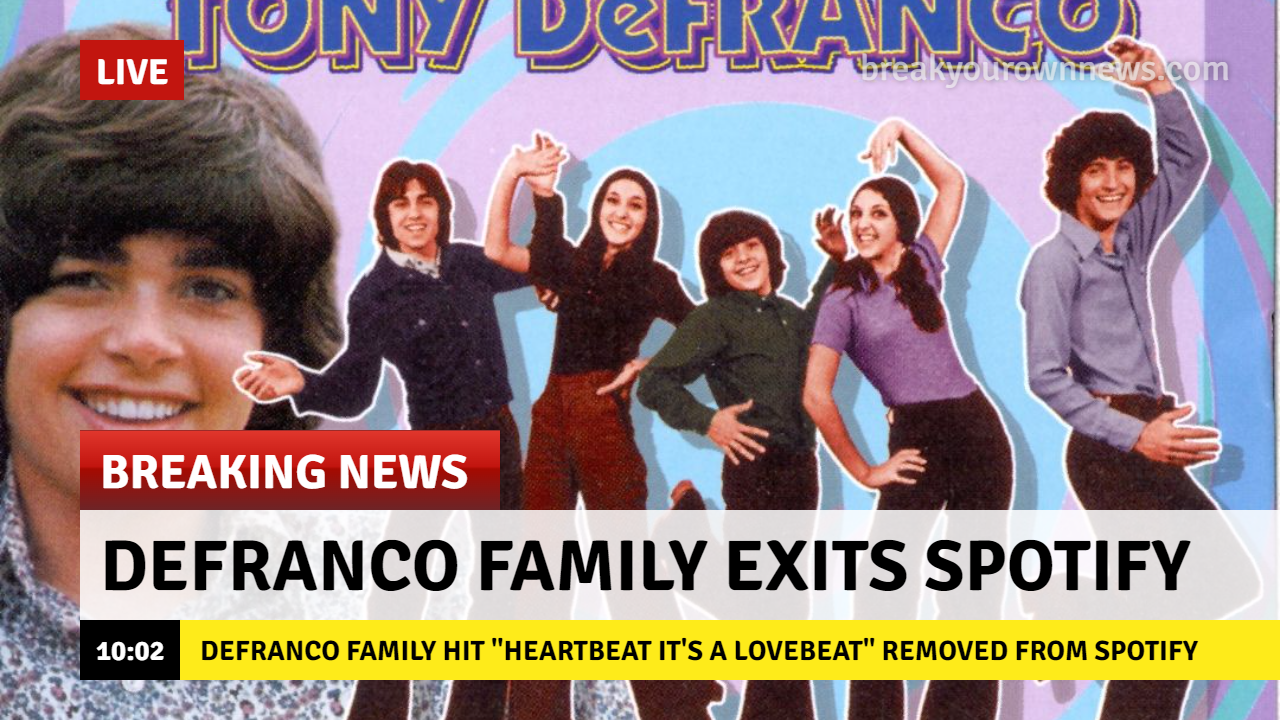 Carcinoma of the breast is a form of cancer that occurs in the tissues of the breast. While breast cancer is almost always a woman’s disease, men frequently get the disease because men have small amounts of the same breast tissue that can become cancerous.
Carcinoma of the breast is a form of cancer that occurs in the tissues of the breast. While breast cancer is almost always a woman’s disease, men frequently get the disease because men have small amounts of the same breast tissue that can become cancerous.
To become cancerous, a cell goes through some sort of mutation that is not yet completely understood. Instead of the cell duplicating itself at a normal rate, a cancerous cell will grow far too fast and eventually pile up upon itself and create a tumor or lump. These wild cells can get into the bloodstream and travel to other parts of the body where they continue to grow and crowd out the other organs and cells. In Elizabeth Edward’s case, the cancerous cells had spread to her liver and the doctors told her that she would live the same amount of time with or without treatment. Since the treatments can make a person feel really lousy, many people opt to ride it out without treatment other than painkillers. The pain killers are very potent and the patient is often very comfortable until the very end.
But why did breast cancer kill Elizabeth Edwards even though her tumor was removed and she was injected with chemicals that kill cancer cells?
The answer has two facets. One is that nobody knows if the surgery got all the cancerous cells, or if some of the cells had already traveled to other parts of her body, and the chemotherapy drugs she received need to kill every loose cancer cell. If there are enough surviving cells, they come back even stronger because they have become resistant to the chemotherapy. Since breast cancer can go just about anywhere — especially the bones and brain, once it returns and metastasizes (spreads) — there is little that can be done and eventually the person’s body goes into a state of rapid decline no matter what the doctors do. Of course a person can live for many years with a relapse of breast cancer — Elizabeth Edwards lived only three — but the time for survival varies. If the cancer spreads to the brain, the prognosis is very grim because the person’s quality of life might be deeply affected by the effects of the cancer on the brain. they may go blind, or develop dementia or they even slip into a coma that lingers for months.
Tumors that spread elsewhere weaken the immune system and eventually the patient succumbs to an infection or to the extreme strain the tumors put on all the body systems. Because of this a person begins to look “sick” and it is not unusual for a terminally ill patient to stop going out for fear of being seen not looking well. For some patients this is not a problem but for people in the public eye, they like to stay out of the glare of cameras and well-wishers. Towards the end, Elizabeth Edwards was just tired.
Fortunately, physical pain can be totally controlled, but the emotional pain is hard to handle — especially for the loved ones. How can this be? Well, the person with the breast cancer eventually reaches a mental state where they accept their disease and their ultimate death. The loved ones however are not granted this kind of peace. The loved ones of Elizabeth Edwards are suffering now even though she is long past any suffering.
Breast cancers go almost anywhere – brain, bones, bone marrow, liver, lungs, adrenal glands, ovaries – but usually not the heart. So breast cancers can end life by causing “end organ failure” due to involvement of vital places such as the lungs, liver, and brain – or there can just be an overwhelming tumor burden that the body cannot support – again the general weakening effect and late stage infection such as pneumonia.
Remember that breast cancer spread to the bone is not “bone cancer” – it is still malignant breast tissue that is growing in the bones which might respond to – but not be cured by – hormonal therapy.
Hope this isn’t too grisly for you. These are bad diseases when widespread. The best situation is to catch breast or colon cancers early with screening. Both can be cured when caught early. Once breast cancers or colon cancers are clearly evident as visible metastatic disease, neither is considered curable in today’s medicine. The people who are cured – and there are millions in the U.S. – are the ones diagnosed earlier in the stage of their diseases.


